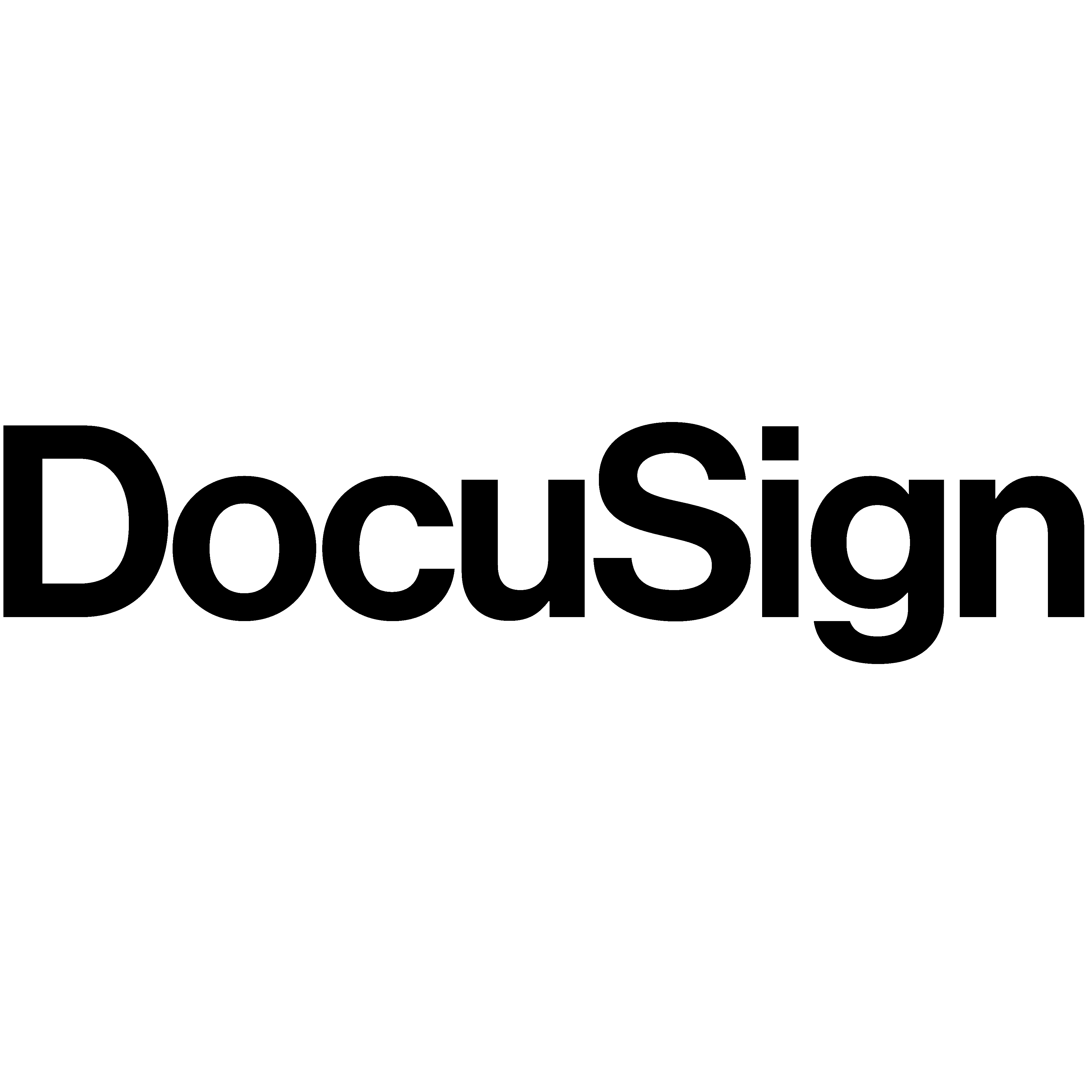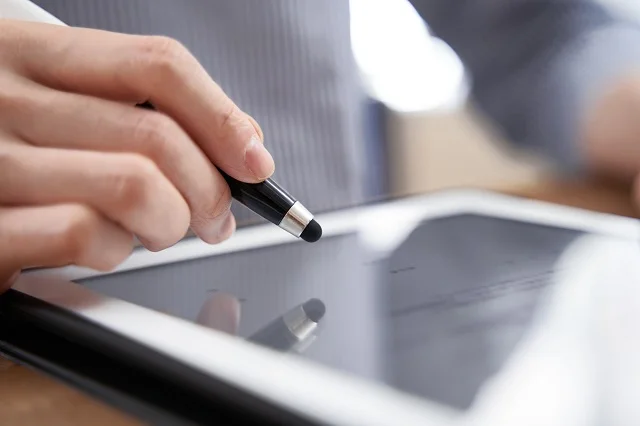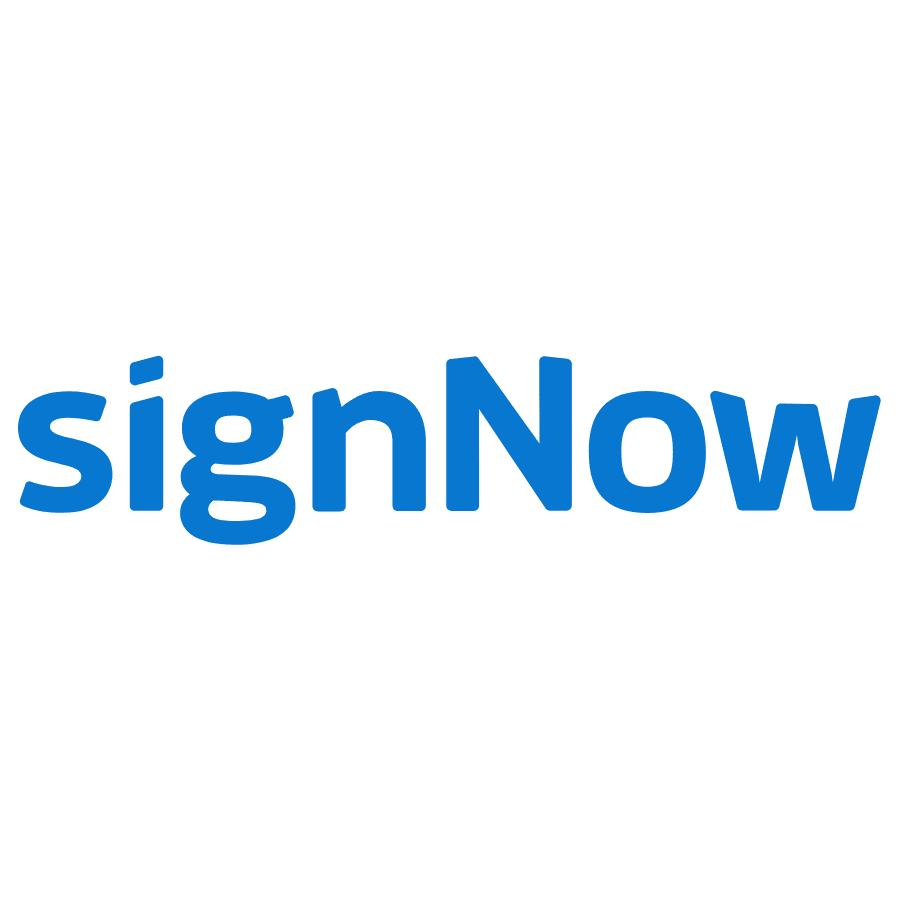

The move to the digital era started with the movement of computational ability to solve issues like solving mathematics quickly and making word processes.
Today, almost all aspects of our lives are on the computer; the same goes for businesses. The transfer to the digital era has enabled entire companies to function in small spaces and even online.
However, this transition has been challenging for others, and many business technologies still need to remove these technologies. Signatures, faxing, scanners, and landlines are outdated business technologies that have yet to be entirely replaced by businesses. There are a lot of new technological solutions that effectively eliminate the need to keep up with these advancements. Still, the adoption rate needs to catch up, which comes at a detriment to business speed and efficiency.
When taking a look at the concept of signatures, it is easy to recognize the reasoning as to why electronic signatures have yet to have full adoption across the board. Each person has a unique signature, and signatures are an essential part of validating that an individual signed and agreed to the terms of the document.
In this post, we will introduce the “S Signature” – an innovative and widely recognized way to create a signature. S signatures have become a guideline to sign documents electronically that have become accepted in some use cases.
What does /S/ Mean in a Signature?
An s signature is a legal way to sign an electronic document utilizing a typed signer’s name in place of a handwritten signature. To create s signatures, the signer types in their name on the signature line of a document between two forward slashes. This will serve as your official signature and in some cases, this allows you to bypass the need for an actual signature.
In the case of conformed signatures, which are another type of s signatures, the signer puts an “s” between two forward slash marks in front of their typed name (for example, /s/ Jimmy Doe). S signatures are named after the conformed signature style.
Why Use an /S/ Signature?
A conformed signature is used mainly to make signing contracts and documents more accessible. The ease of use of a conformed signature has drawn many to use it, and some government agencies now accept it as a substitute for a wet signature.
The conformed signature removes the need for a person to print, sign, and scan paper documents to submit it electronically. Conformed signatures offer a perfectly efficient solution to a signature to reduce the number of procedural steps and save paper.
A conformed signature will allow for a smooth process of viewing, signing, and submitting an electronic document without having to print or scan it. Conformed signatures can be used in several ways and give the signer the option of how they are able to sign a document digitally.
Conformed signatures can be effortlessly done from a smartphone, tablet, laptop, or other mobile devices, drastically increasing the speed at which individuals can attest to a document.
Top Reasons to Use an /S/ Signature
Flexibility
Electronic signatures are necessary to keep business moving, especially when you can’t meet face-to-face. You never want technical issues to get in the way of collecting signatures. S-signatures make it especially simple to manage them, regardless of a person’s device or tech savviness.
Convenience
Depending on where and how you are doing business, the option of an s-signature may help you conduct business more quickly by speeding up the signing process. For example, when you are e-filing a patent application, you can soon use a form-fill app to add a digital signature from any keyboard. Convenience is one of many possible examples of when s signatures might work better than a physical signature.
What Are the Regulations Around /S/ Signature?
The United States Patent and Trademark Office (USPTO) defines S-Signature regulations laid out in documentation and are subject to MPEP 501 and MPEP 502. They started accepting S-signatures on patent-related documents back in 2004.
The rule outlines the essential requirements for using S-Signatures in electronic and legal documents.
- S-Signatures must consist of letters, Arabic numerals, or a blend of both enclosed in forward slashes. They must contain any proper punctuation and spaces as needed. There is no obligation that the S-Signature be a person’s name.
- The signer’s name should be printed, typed, and placed next to or under the S-Signature.
- The patent registration number should be listed as part of the S-Signature or typed out next to or under the S-Signature.
- The person signing the document should insert their S-Signature.
Transactions conducted within the scope of ESIGN Act and the Uniform Electronic Transaction Act (UETA) must adhere to three fundamental rules:
- Electronic records and signatures should not be invalidated or made illegal due to their electronic format.
- Electronic records should comply with any statute requiring a written record.
- Any law requiring signatures should be satisfied by electronic signatures.
Accepted Signatures for Inventors, Affiants, Assignees, and Practitioners Signing as Inventors:
- it utilizes type font and forward slashes, with a signature block and the name written underneath.
- It utilizes typed font and is enclosed in forward slashes with spaces, a line underneath, and the name written underneath.
- It utilizes typed font and is enclosed in two forward slashes, with the name typed out underneath but no signature block.
- It utilizes script font and is enclosed in forward slashes, with a signature block and the name written underneath.
- The name is overhead and underlined, with the S-Signature shown underneath in typed font and enclosed in forward slashes.
- It utilizes typed font and is enclosed in forward slashes, with the name written on the right side.
- It utilizes typed font and is enclosed in forward slashes, with a signature block and the name written underneath, with typos in both the S-Signature and typed name.
Accepted Signatures for Practitioners of Record or Those Acting as Representatives:
- The S-Signature and regulation number are typed down utilizing typed font and enclosed in forward slashes, with a line below and the name written underneath.
- The S-Signature and regulation number are both enclosed in forward slashes, without a line below and the name written underneath.
- The S-Signature utilizes script font and is enclosed in forward slashes, with a line below. The name and regulation number are written underneath.
- The S-Signature utilizes typed font and is enclosed in forward slashes, and inserts additional info with a line below. The name and regulation number are written underneath.
- The S-Signature utilizes typed font and is enclosed in forward slashes, with a line below. The name and regulation number are written underneath.
- The S-Signature utilizes typed font and is enclosed in forward slashes. The regulation number is written to the right with no slashes, and all the information is underlined. The name is typed out underneath.
- The regulation number is written to the left. The S-Signature utilizes typed font and is enclosed in forward slashes, and all the information is underlined. The name is typed out underneath.
- The name is written above and underlined. The S-Signature and regulation number are typed in font and enclosed in forward slashes.
- The S-Signature and regulation number are typed out utilizing a typed font and enclosed in forward slashes. The name is written to the right.
- The S-Signature and regulation number are typed out utilizing a typed font and enclosed in forward slashes. The name of the principal appears first and above the S-Signature. The person acting as representative types out their name below.
Are Conformed Signatures and /S/ Signatures the Same?
Yes. A conformed signature is a typed signature that is used to allow for a quick and smooth signing of electronic documents. A conformed signature substitutes the traditional signature line with a typed name preceded by a “/s/” designation.
There are numerous ways to write a conforming signature, and the United States Patent and Trademark Office provides instructions on the proper format for an electronic signature. Different regulatory bodies have other laws regarding the proper format for conforming signatures.
FAQs About /S/ Signature
What are the symbols used to indicate that a signature is an electronic signature?
There are many forms of electronic signatures, each having its own specific uses and formatting requirements. One of the symbols to indicate an electronic signature is /s/, placed before the signer’s name.
How are conformed signatures verified in court?
A signature verification forensic test is performed to determine if a document’s signature is forged. Signature verification extends the Handwriting Examination exams and is helpful for authenticating legal documents, bank cheques, and other items.
When should you refrain from applying conformed signatures?
The authorities must verify the documents submitted in case laws need a signed signature or order. Examples are health insurance policies, estate documents, eviction notices, court orders, and foreclosure notices.
How do you carry out conformed signatures?
A conformed signature is a typed signature that may be placed on a document through electronic or mechanical means. That includes typing out the letter or inserting symbols from a device.
Final Thoughts
There are a lot of forms of e-signatures, and each has specific utilizations and formatting requirements. The s-signature is an excellent e-signature method that many people can utilize. Generally, the “/s/” in a signature line denotes that a conformed signature is being used as a substitute for a traditional handwritten signature.
The convenience of the signature type has allowed businesses and lawyers to squander less precious time and energy in printing, signing, and scanning documents and more time to focus on their clients. When seeking legal assistance, you’re advised to look for lawyers that readily utilize new technology to eliminate inefficiencies.










